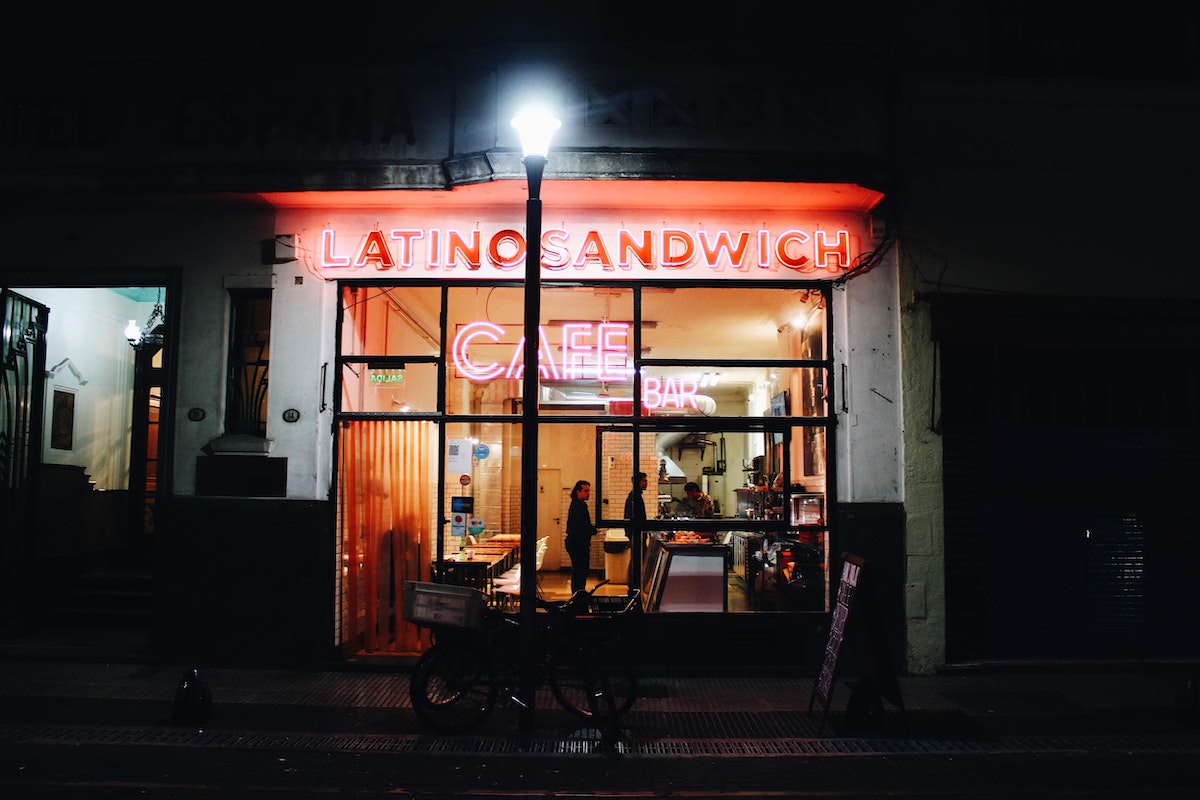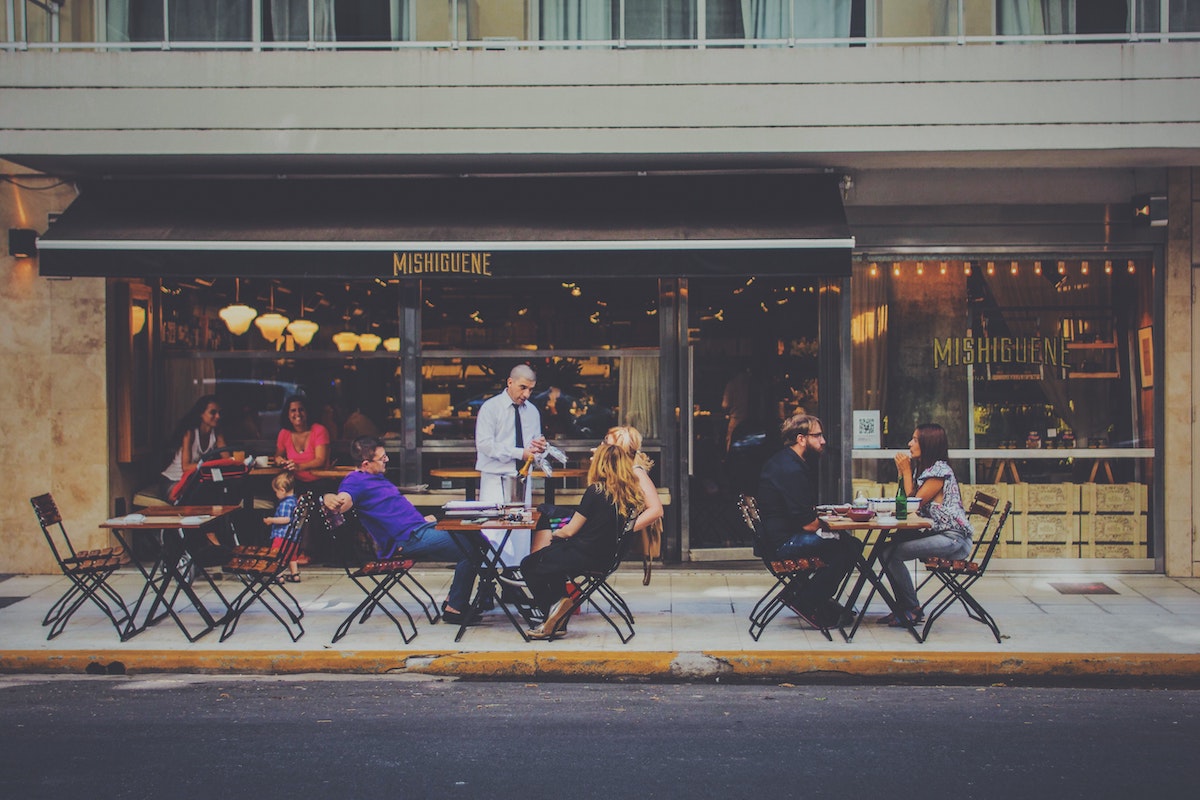
Let’s Learn About the Bares Notables of Buenos Aires: Cafes, Bars, Milongas & Billiard Halls
Skip to Section
With tango dance halls, cemeteries, museums and historic architecture, Buenos Aires has enough attractions to keep you occupied for a month. That said, the soul of the city lies within its cafes. If you don’t visit at least one of them, you miss out on the essential essence of Buenos Aires.
Even the local government wants to make sure that you do not miss these places of distinction. In 1998, they defined 54 bars and coffee houses as “bares notables,” a status based on the establishment’s unique architecture and historical significance. This award makes these bars, cafes, milongas and billiard halls eligible for government conservation programs. As of 2024, Buenos Aires has more than 70 venues on its bares notables list; here are just a few.

Photo by Henrique Félix on Unsplash
It Began With Cafe Tortoni
Cafe Tortoni celebrated its 150th birthday in 2008. Enjoying a scenic location among the art nouveau and neoclassic buildings of Avenida de Mayo, the cafe was founded by a Frenchman named Jean Touan, who called it Tortoni, in honor of the Parisian café that shares its name. Over the decades celebrities such as tango singer Carlos Gardel, novelist Jorge Luis Borges, composer Arthur Rubinstein and mathematical genius Albert Einstein have sipped coffee at the cafe’s wooden tables. The Cafe Tortoni basement doubles as a jazz, tango and poetry reading venue.
Café Margot
Famous for, of all things, its turkey sandwiches, Café Margot is housed in the 1903 building that was once home to the tango lyricist Homero Lanzi. It sits within the Bodeo barrio, an up and coming, nuevo bohemian neighborhood, known for its burgeoning arts scene. Step inside the cafe, with its brick walls, wooden cabinets, vintage posters and black and white tile floors, and you are transported back to turn-of-the-century Buenos Aires. Less of a tourist attraction than Cafe Tortoni, but still listed as one of the bares notables, Cafe Margot offers an authentic insight into the cafe culture of Buenos Aires. Insider’s perspective: Cafe Margot is a favorite eating spot for Cherie Magnus, author of The Church Tango, but she advises visitors to pass on the turkey sandwich, and order the Brochette Mixta.
El Gato Negro
The scent of eastern spices permeates the air as you enter El Gato Negro. The scent remains true to the cafe’s origins. In 1927, a Spaniard named Victoriano López settled in Buenos Aires after 40 years of exploring the Far East. The spicy tradition continues, as El Gato Negro serves coffees and teas with these exotic flavorings. Art deco fixtures combined with stacks of large jars of pickled vegetables contribute to an authentic 1920s ambiance.
Clásica y Moderna
Question: Is Clásica y Moderna a bookstore, a restaurant or a jazz club? Answer: All of the above. Spanish expat Francisco Poblet opened the venue in 1938, with the belief that a congenial relationship with his patrons would increase the store’s book sales: And what better way to earn your customer’s favor than by offering them a cup of coffee? The bookstore cafe became the hangout of choice for the Buenos Aires literati. It continues the tradition with a menu that names its selections after literature and film greats such as Kundera, Neruda, Fellini, and, surprisingly, Woody Allen.
About the Author
Lisa Marie Mercer has always loved to wander. In 2011, after exploring most parts of the globe, she and her husband wandered off to Uruguay, and decided to give it a new name – home. She wrote this article on behalf of Tucan Travel who offer personalized and packaged South America tours to Argentina and beyond.
Featured image via Unsplash.
Information published on this website and across our networks can change over time. Stories and recommendations reflect the subjective opinions of our writers. You should consult multiple sources to ensure you have the most current, safe, and correct details for your own research and plans.
Frayed Passport is a participant in the Amazon Associates Program, an affiliate advertising program designed to provide a means for sites to earn advertising fees by advertising and linking to Amazon.com. We also may share links to other affiliates and sponsors in articles across our website.




